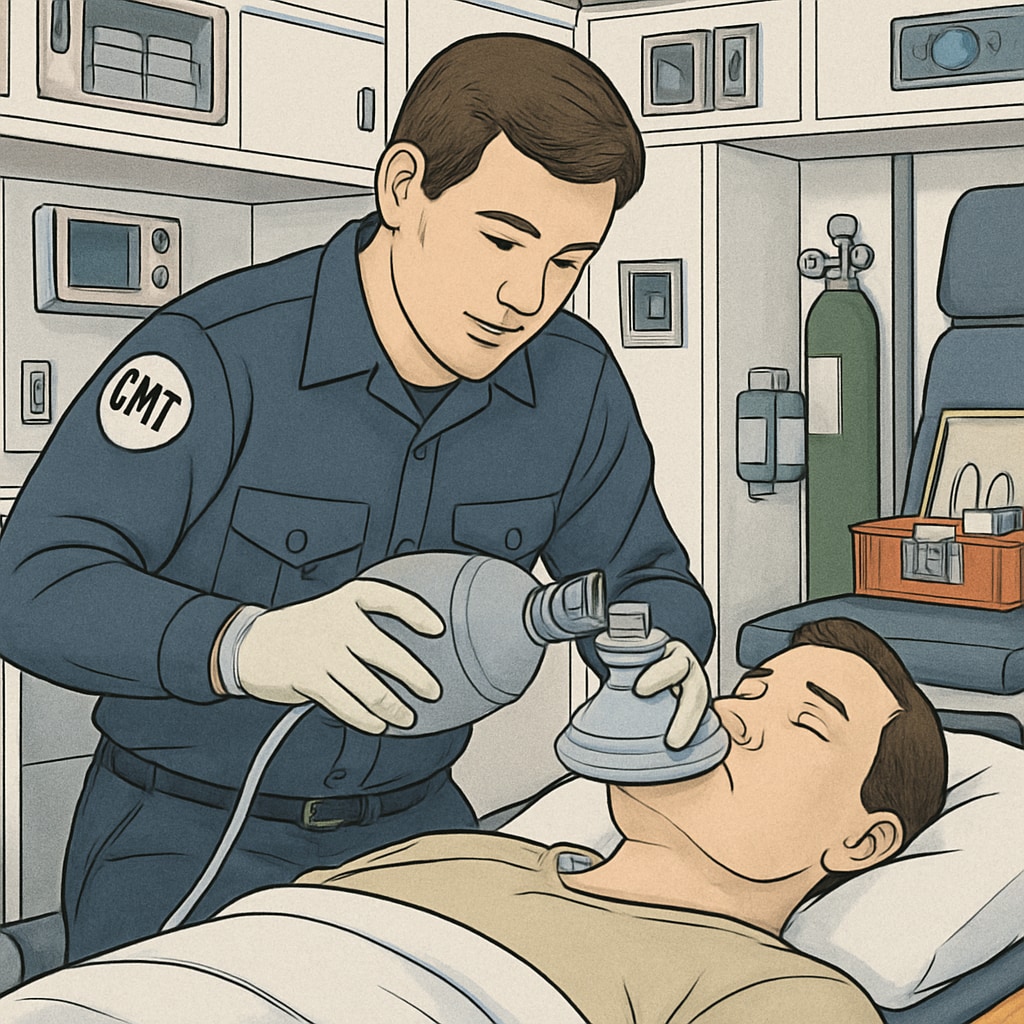Pursuing a career in nursing is a rewarding journey, but it often requires careful planning, especially when transferring from a community college to a university. For students with a GPA of 3.2 aiming for schools like UMKC, Missouri State, or Arkansas, strategic decision-making is crucial. This article explores how to choose the right university, prepare a compelling application, and leverage EMT experience to stand out in the competitive field of nursing.
Choosing the Right University for Nursing Transfers
One of the first steps in transferring is identifying the right university that aligns with your nursing aspirations. Consider factors such as program accreditation, clinical opportunities, and student support services. For instance:
- UMKC: Known for its urban setting and partnerships with major healthcare facilities, UMKC offers diverse clinical rotations.
- Missouri State: With a strong emphasis on community health, this university is ideal for students interested in rural or public health nursing.
- University of Arkansas: Boasting state-of-the-art simulation labs, Arkansas provides hands-on learning experiences that prepare students for real-world nursing challenges.
Researching each school’s prerequisites and transfer agreements with your community college can save time and ensure a smoother transition.

Crafting a Competitive Application
With a GPA of 3.2, it’s essential to present a well-rounded application. While academic performance is important, universities also value extracurricular involvement and healthcare-related experience. Here are some tips:
- Highlight EMT Experience: If you’ve worked as an EMT (Emergency Medical Technician), emphasize how the skills you’ve gained—such as patient care, quick decision-making, and teamwork—align with nursing competencies.
- Write a Strong Personal Statement: Use your essay to explain your passion for nursing, your career goals, and how the target university fits into your plans.
- Secure Strong Recommendations: Letters from professors, supervisors, or mentors who can attest to your dedication and potential can make a significant impact.
Additionally, ensure that your application materials are error-free and submitted well before deadlines.
Boosting Your Competitiveness with EMT Experience
Experience as an EMT is a significant asset when applying to nursing programs. This hands-on role not only enhances your clinical skills but also demonstrates your commitment to the healthcare field. Universities often prioritize candidates who bring practical knowledge and real-world experience to their programs. For example:
- EMT training teaches critical skills like CPR, first aid, and patient assessment, which are foundational for nursing.
- Working in emergency situations showcases your ability to stay calm under pressure and adapt quickly to changing circumstances.
- EMT experience reflects a proactive approach to gaining healthcare exposure, a trait highly valued by admissions committees.
If you’re not yet certified as an EMT, consider enrolling in a program before applying to universities. This step can significantly boost your application’s strength and provide valuable insights into patient care.

Final Thoughts: Mapping Your Nursing Journey
Transferring from a community college to a university nursing program is a pivotal step toward achieving your career goals. By carefully selecting the right school, preparing a standout application, and leveraging EMT experience, you can set yourself apart from other applicants. Remember, the journey to becoming a nurse is as much about planning and perseverance as it is about passion. Start early, stay organized, and keep your focus on the ultimate goal: making a difference in the lives of others through nursing.
Readability guidance: This article uses short paragraphs and lists to enhance clarity. It incorporates transition words to ensure smooth flow and includes actionable advice for aspiring nursing students. Images are strategically placed to complement the content.


